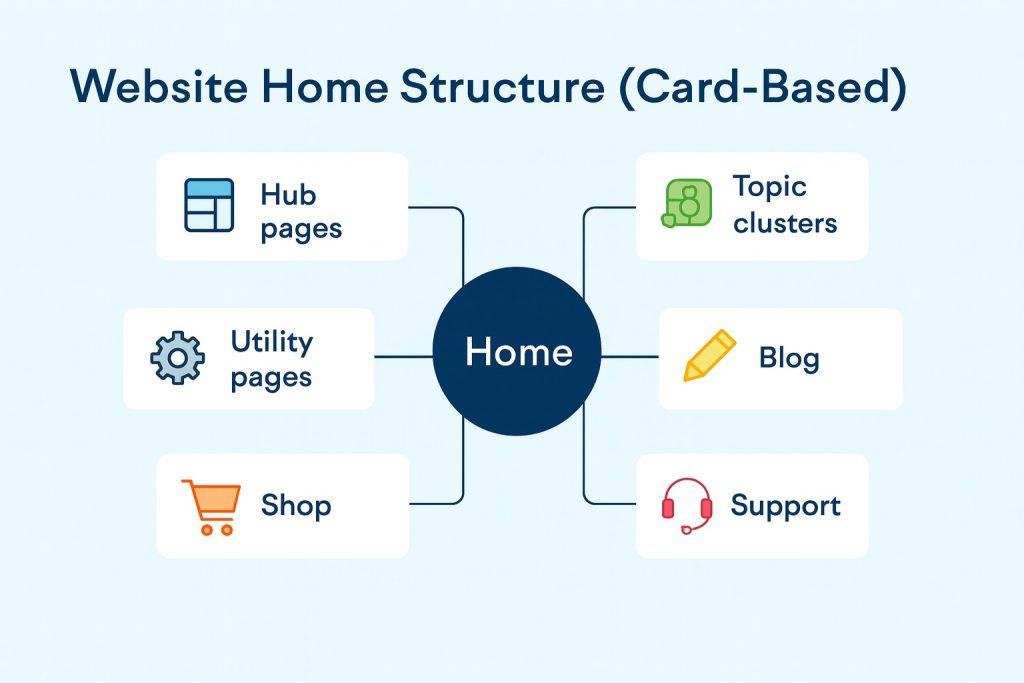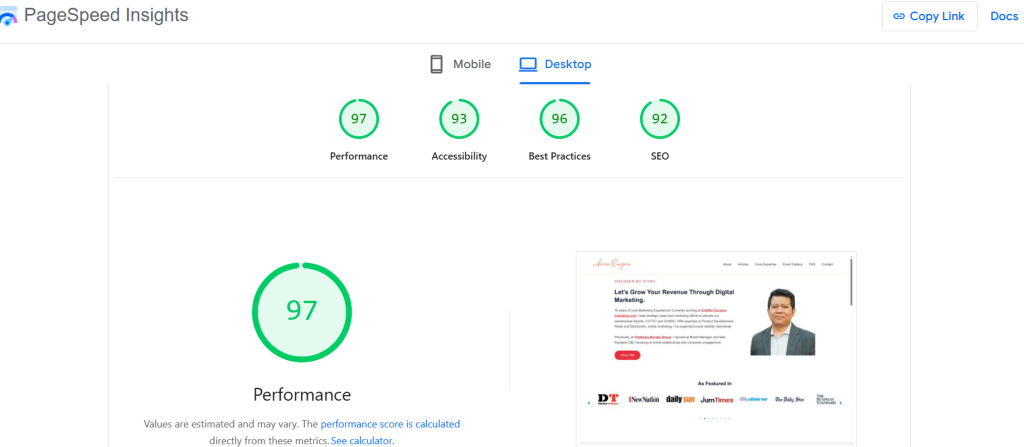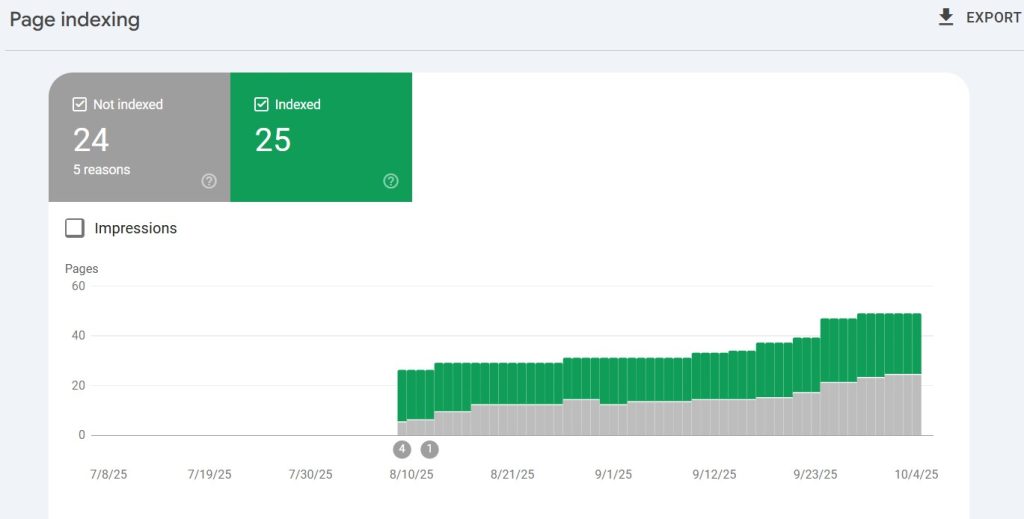Behind every high-ranking website lies a technical backbone that search engines can easily crawl, understand, and index. This foundation—known as Technical SEO—ensures that your site functions smoothly, loads quickly, and communicates effectively with search engines. While on-page SEO focuses on content and keywords, and off-page SEO emphasizes backlinks, technical SEO deals with the invisible elements that make all your marketing efforts work efficiently.
In a competitive digital landscape, a fast, secure, and well-structured website directly influences your visibility, engagement, and conversion rates. Businesses that prioritize technical SEO gain an edge by creating a seamless experience for both users and search engines. Combined with the best digital marketing strategies, it becomes the ultimate growth engine for long-term online success.
Before diving into the technical aspects of SEO, it’s essential to understand the foundation of how optimization truly works. Search Engine Optimization is more than just keywords—it’s about creating a site that’s easily crawlable, indexable, and user-friendly. To grasp the core principles behind visibility and ranking, explore this detailed guide on Search Engine Optimization before moving into the deeper world of Technical SEO.
What Is Technical SEO?
Technical SEO refers to the optimization of your website’s technical infrastructure to help search engines effectively crawl, index, and rank your content. It’s the behind-the-scenes work that ensures your website is easy to navigate, secure, fast, and free of errors that could prevent it from appearing in search results.
In simple terms, it’s about making your website search-engine-friendly from a technical standpoint. When search bots (like Googlebot) visit your site, they follow internal links, analyze your structure, and decide which pages to index. Technical SEO ensures that this process is smooth and efficient.
Core Components of Technical SEO
- Website Architecture: The logical arrangement of pages and links.
- Crawlability & Indexing: Proper use of robots.txt, XML sitemaps, and canonical tags.
- Mobile-Friendliness: Ensuring your site performs well across all devices.
- HTTPS Security: Protecting users and signaling trust to search engines.
- Site Speed: Fast-loading websites lead to better user experiences and higher rankings.
- Structured Data (Schema Markup): Helps search engines interpret your content for rich results.
- Duplicate Content Management: Prevents content overlap that can confuse search algorithms.

In essence, technical SEO is the foundation that allows all other SEO elements—content, backlinks, and authority—to perform effectively.
Why Technical SEO Is Important
Search engines are like librarians of the internet. To display your content to the right audience, they need to understand what’s on your website and how it’s organized. Technical SEO ensures that your website is discoverable, accessible, and optimized for both users and search engines.
Key Benefits of Strong Technical SEO
- Better Crawl Efficiency: Google can easily find and index your most valuable pages.
- Higher Search Rankings: Search engines prioritize websites with fast load times, security, and good UX.
- Reduced Bounce Rates: Users are more likely to stay on fast, mobile-friendly sites.
- Enhanced User Experience: Smooth performance directly improves engagement and conversions.
- Supports Long-Term Growth: A technically sound site scales easily as your content grows.
A website with poor technical SEO—slow speed, broken links, and poor navigation—loses credibility, users, and ultimately revenue. To support your SEO strategy, it’s essential to invest in regular audits and align your efforts with robust content marketing strategies and analytics tracking.
How Can You Improve Your Technical SEO?
Let me tell you why technical SEO is so important.
Imagine your website as a beautiful house — if the foundation isn’t strong, no one can enter, no matter how great it looks inside.
Technical SEO makes sure search engines can easily crawl, index, and understand your pages. It improves site speed, fixes broken links, enhances mobile experience, and boosts security.
When these elements work together, your site ranks higher, loads faster, and offers users a seamless experience. In short, technical SEO is what turns a good website into a powerful, search-friendly one.
Improving technical SEO involves systematic optimization of your site’s structure, speed, security, and overall performance. Here are the most effective steps:

1. Optimize Your Crawl Budget
Ensure that search engines can crawl your most important pages efficiently.

- Submit an updated XML sitemap to Google Search Console.
- Use robots.txt to block non-essential pages (e.g., admin, filters).
- Fix crawl errors reported in Google Search Console.
2. Speed Up Your Website
Site speed is one of the strongest ranking factors in Google’s algorithm.
- Compress and resize images.
- Use caching and a Content Delivery Network (CDN).
- Minimize CSS and JavaScript files.
- Monitor Core Web Vitals metrics like Largest Contentful Paint (LCP) and Cumulative Layout Shift (CLS).
3. Improve Mobile Responsiveness
With mobile-first indexing, Google prioritizes mobile versions of sites.
- Use a responsive design that adapts to all screen sizes.
- Avoid intrusive pop-ups that block content.
- Test your site with Google’s Mobile-Friendly Test Tool.
4. Secure Your Website with HTTPS
Switching to HTTPS is essential for both SEO and user trust.
- Install an SSL certificate from your hosting provider.
- Redirect all HTTP traffic to HTTPS using 301 redirects.
5. Fix Broken Links and Redirects
Broken pages harm user experience and crawlability. Broken links can damage your website’s credibility and reduce search rankings. Regularly audit your site, fix or update outdated URLs, and use 301 redirects to retain SEO value. Strengthen your linking strategy with effective anchor text to ensure smooth navigation and better user experience.
- Use tools like Screaming Frog or Ahrefs to find 404 errors.
- Implement 301 redirects for permanently moved content.
- Regularly audit your internal links.
6. Implement Schema Markup
Structured data helps Google display rich snippets (like ratings, FAQs, and products).
- Use schema for reviews, articles, local businesses, or products.
- Validate your markup with Google’s Rich Results Test.
7. Create SEO-Friendly URLs
- Keep URLs short, descriptive, and keyword-relevant.
- Avoid symbols or unnecessary parameters.
- Use hyphens (-) instead of underscores (_) between words.
These optimizations not only help with ranking but also improve overall user satisfaction, which drives conversions.
Create SEO-Friendly Site Architecture
A strong site structure is the cornerstone of technical SEO. It defines how search engines and users navigate your content.

Key Principles of SEO-Friendly Architecture
- Hierarchical Design: Organize pages from broad (homepage) to specific (service or blog pages).
- Logical Internal Linking: Link from high-authority pages to related subpages to guide crawlers.
- Flat Architecture: Keep important pages within 3 clicks from the homepage.
- Breadcrumb Navigation: Helps both users and bots understand where they are within your site.
- Categorization: Group related content under thematic categories (e.g., /blog/technical-seo/).
When your website’s structure is clean, it enhances visibility, distributes link equity effectively, and improves user journey—all of which contribute to sustainable business growth strategies.
Technical SEO Checklist
Use this Technical SEO checklist as a practical guide for auditing and improving your website.

1. Website Structure
- Logical URL hierarchy (home > category > page).
- Implement breadcrumbs and navigation menus.
- Use canonical tags to avoid duplicate content.
- Optimize internal linking structure.
2. Crawling and Indexing

- Submit XML sitemap to Google Search Console.
- Optimize robots.txt file.
- Ensure no essential pages are blocked or noindexed.
- Fix crawl errors (404, redirect loops).
3. Page Speed Optimization
- Compress images using tools like TinyPNG.
- Use lazy loading for images and videos.
- Implement caching and CDN for faster delivery.
- Minify HTML, CSS, and JS files.
4. Mobile Optimization
- Use responsive design templates.
- Optimize for touchscreen usability.
- Avoid mobile pop-up interstitials.
- Test across multiple devices.
5. Website Security
- Ensure HTTPS and valid SSL certificates.
- Regularly update CMS, plugins, and themes.
- Run malware and vulnerability scans.
6. Structured Data
- Add schema markup for articles, products, or FAQs.
- Validate with Google’s Rich Results test.
- Keep metadata (title, description) concise and keyword-rich.
7. Fixing Technical Errors
- Identify and fix broken links.
- Eliminate redirect chains.
- Ensure consistent canonical URLs.
- Regularly monitor server uptime and response codes.
Regular use of this checklist ensures your site remains fast, secure, and visible in search results—maximizing both SEO and user satisfaction.
Technical SEO Examples
Example 1: eCommerce Site Page Speed Optimization
An online retailer reduced page load time from 5.5 seconds to 1.8 seconds by compressing images, leveraging browser caching, and implementing a CDN. As a result, bounce rates dropped by 25%, and organic traffic grew by 40% within three months.
Example 2: News Publisher Crawlability Fix
A large media site discovered that over 20% of its pages were excluded from Google’s index due to faulty robots.txt settings. After restructuring the sitemap and fixing indexing directives, Google indexed 90% more pages, resulting in a 32% increase in impressions on Google Search Console.
Example 3: Local Business HTTPS Migration
A U.S.-based law firm transitioned its entire website from HTTP to HTTPS, resolving security warnings and gaining better trust signals. Within two months, organic keyword rankings improved across all practice areas, and average session duration increased by 18%.
These examples prove that even minor technical enhancements can yield substantial SEO and business outcomes when executed strategically.
Key Takeaways
- Technical SEO is the backbone of digital performance. Without a strong technical foundation, even the best content may fail to rank.
- Crawlability, speed, and mobile optimization directly influence visibility and conversions.
- Regular audits using SEO tools help maintain long-term health and prevent ranking drops.
- Site architecture and structured data improve both user experience and search engine understanding.
- Combining technical SEO with intelligent market research and data-driven strategy results in sustainable growth and authority.
In essence, technical SEO is not a one-time project but an ongoing discipline that fuels every other marketing initiative.


